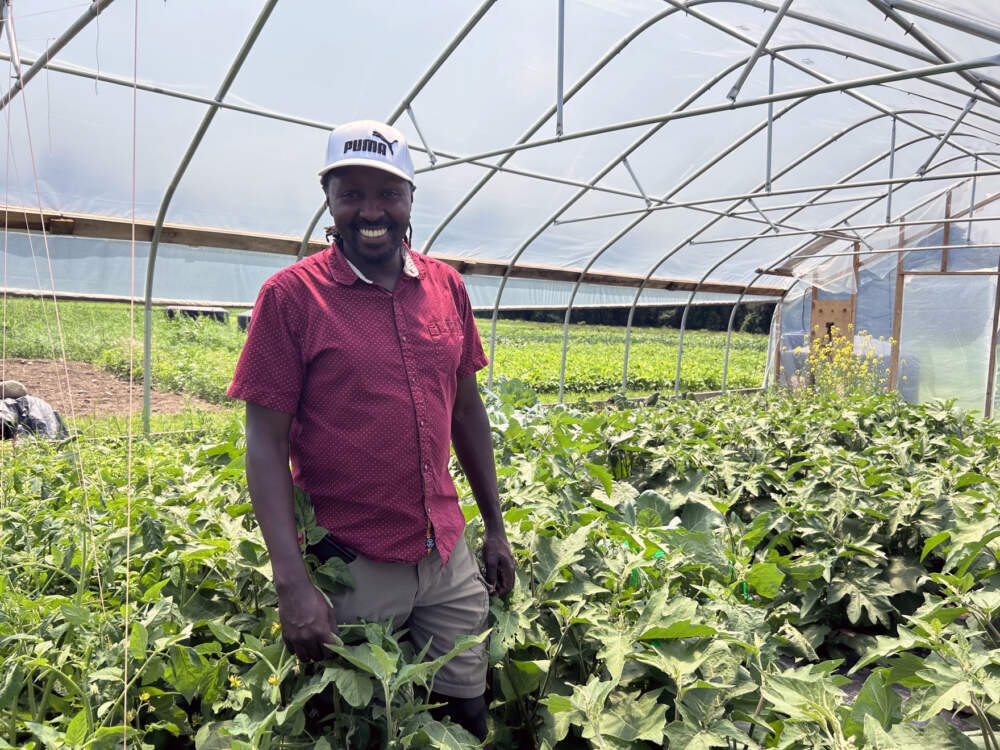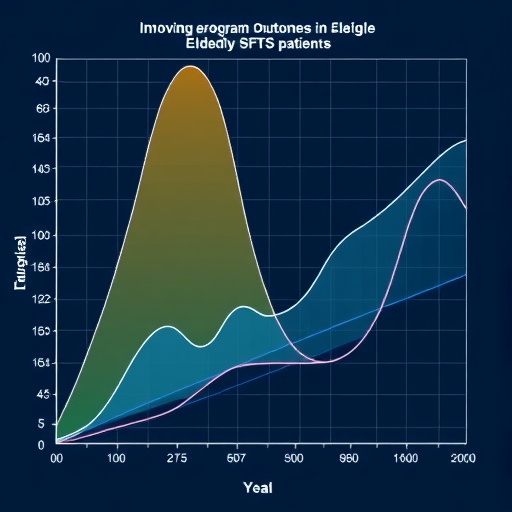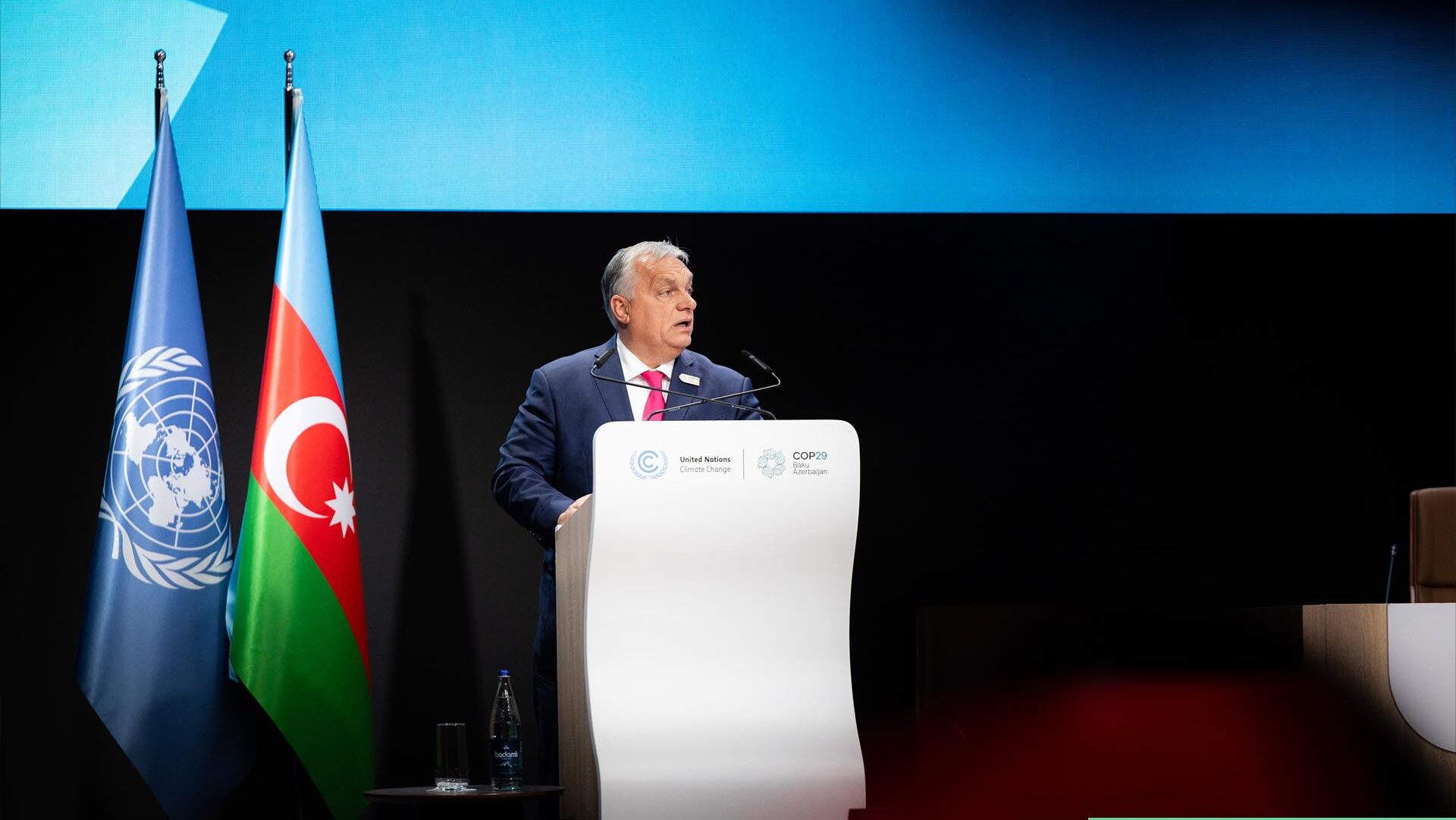At least 66 children dead of malnutrition in Gaza as Israel tightens siege – Al Jazeera

Report on Malnutrition Crisis and Conflict Impact in Gaza: Emphasis on Sustainable Development Goals
Introduction
Recent reports from Gaza highlight a severe malnutrition crisis among children amid ongoing conflict and a tightened Israeli siege. This situation critically undermines multiple Sustainable Development Goals (SDGs), including SDG 2 (Zero Hunger), SDG 3 (Good Health and Well-being), and SDG 16 (Peace, Justice, and Strong Institutions).
Malnutrition and Child Mortality in Gaza
Authorities in Gaza have reported the deaths of at least 66 children due to malnutrition during the ongoing conflict. The blockade imposed by Israel has severely restricted the entry of essential supplies such as milk, nutritional supplements, and other food aid, exacerbating the humanitarian crisis.
- The Government Media Office of Gaza condemned the blockade as a “war crime” and accused Israel of using starvation as a weapon against civilians.
- The office also criticized the international community for its silence and called on the United Nations to intervene and reopen crossings for aid delivery.
UNICEF Findings on Child Malnutrition
UNICEF has issued warnings about the alarming rise in malnourished children in Gaza:
- In May alone, 5,119 children aged 6 months to 5 years were admitted for acute malnutrition treatment.
- This represents a nearly 50% increase from April and a 150% increase from February, when a ceasefire allowed more aid to enter Gaza.
- From January to May, 16,736 children—an average of 112 per day—were treated for malnutrition.
UNICEF’s regional director for the Middle East and North Africa, Edouard Beigbeder, emphasized that these cases are preventable and called for urgent large-scale delivery of life-saving aid, aligning with SDG 2 and SDG 3.
Intensification of Israeli Military Attacks
Israeli military operations have intensified, resulting in significant civilian casualties and destruction:
- At least 60 Palestinians were killed in attacks on a single day, including 20 in Gaza City’s Tuffah neighbourhood.
- Residential buildings were flattened, with nine children among the victims.
- Additional air raids targeted displaced persons’ shelters and aid distribution points, causing further deaths.
The ongoing violence directly impacts SDG 16 by undermining peace and security in the region.
Challenges in Humanitarian Aid Delivery
The Gaza Humanitarian Foundation (GHF), a US-backed aid group, remains the primary food source in Gaza amid severe restrictions on other aid organizations. However, the GHF’s operations have been controversial:
- Over 550 people have reportedly been killed at or near GHF sites since May 19.
- Reports indicate Israeli troops were ordered to shoot at unarmed Palestinians seeking aid, described as a “killing field.”
- UN Secretary-General Antonio Guterres condemned the operation as “inherently unsafe.”
- Critics argue that the GHF’s militarized aid distribution violates humanitarian principles of independence, impartiality, and neutrality.
These issues highlight the urgent need for adherence to international humanitarian law and the restoration of safe, impartial aid delivery systems, supporting SDG 16 and SDG 17 (Partnerships for the Goals).
Calls for International Action
Multiple stakeholders have called for immediate international intervention to address the humanitarian crisis and restore peace:
- Reopening border crossings to allow the flow of food, water, and medical supplies.
- Ensuring protection of civilians and aid seekers in accordance with international law.
- Reforming aid distribution mechanisms to uphold humanitarian principles.
- Addressing the root causes of conflict to achieve sustainable peace and development.
Conclusion
The crisis in Gaza represents a critical challenge to achieving the Sustainable Development Goals, particularly those related to hunger eradication, health, peace, and justice. Coordinated international efforts are essential to alleviate suffering, protect vulnerable populations, and promote sustainable development in the region.
1. Sustainable Development Goals (SDGs) Addressed in the Article
- SDG 2: Zero Hunger
- The article highlights severe malnutrition and hunger among children in Gaza due to the blockade and restricted food aid.
- SDG 3: Good Health and Well-being
- Child mortality due to malnutrition and lack of access to necessary health and nutrition services is a key issue.
- SDG 16: Peace, Justice and Strong Institutions
- The article discusses conflict, war crimes, and the failure of international institutions to intervene effectively.
- SDG 17: Partnerships for the Goals
- Calls for UN intervention and international cooperation to allow humanitarian aid access.
2. Specific Targets Under the Identified SDGs
- SDG 2: Zero Hunger
- Target 2.1: By 2030, end hunger and ensure access by all people to safe, nutritious, and sufficient food all year round.
- Target 2.2: By 2030, end all forms of malnutrition, including achieving targets on stunted and wasted children under 5 years of age.
- SDG 3: Good Health and Well-being
- Target 3.2: End preventable deaths of newborns and children under 5 years of age.
- Target 3.8: Achieve universal health coverage, including access to quality essential health-care services and access to safe, effective, quality, and affordable essential medicines and vaccines.
- SDG 16: Peace, Justice and Strong Institutions
- Target 16.1: Significantly reduce all forms of violence and related death rates everywhere.
- Target 16.3: Promote the rule of law at the national and international levels and ensure equal access to justice for all.
- SDG 17: Partnerships for the Goals
- Target 17.16: Enhance the global partnership for sustainable development, complemented by multi-stakeholder partnerships.
3. Indicators Mentioned or Implied in the Article
- Indicators for SDG 2 (Zero Hunger)
- Prevalence of malnutrition among children aged 6 months to 5 years (e.g., number of children admitted for treatment for acute malnutrition).
- Number of children dying due to malnutrition.
- Indicators for SDG 3 (Good Health and Well-being)
- Under-5 mortality rate due to malnutrition-related causes.
- Access to nutrition treatments and essential health services.
- Indicators for SDG 16 (Peace, Justice and Strong Institutions)
- Number of conflict-related deaths and injuries (e.g., civilians killed in airstrikes and at aid distribution points).
- Reports of violations of international humanitarian law (e.g., use of starvation as a weapon).
- Indicators for SDG 17 (Partnerships for the Goals)
- Effectiveness of international humanitarian aid delivery (e.g., access to border crossings for aid).
- Number of international interventions or partnerships facilitating aid.
4. Table of SDGs, Targets, and Indicators
| SDGs | Targets | Indicators |
|---|---|---|
| SDG 2: Zero Hunger |
|
|
| SDG 3: Good Health and Well-being |
|
|
| SDG 16: Peace, Justice and Strong Institutions |
|
|
| SDG 17: Partnerships for the Goals |
|
|
Source: aljazeera.com

What is Your Reaction?
 Like
0
Like
0
 Dislike
0
Dislike
0
 Love
0
Love
0
 Funny
0
Funny
0
 Angry
0
Angry
0
 Sad
0
Sad
0
 Wow
0
Wow
0
















































































